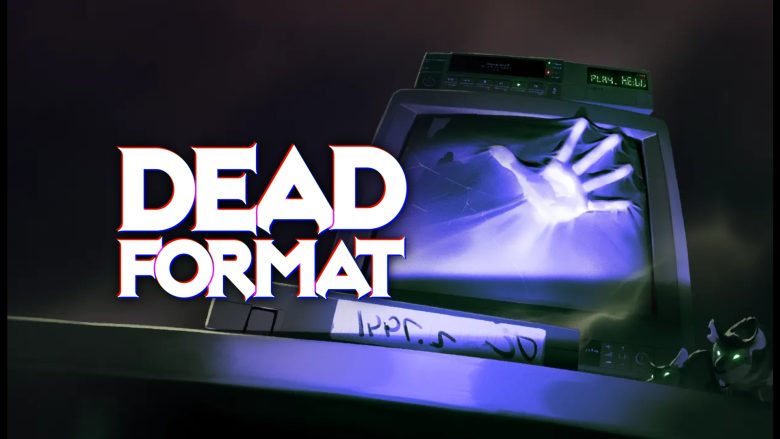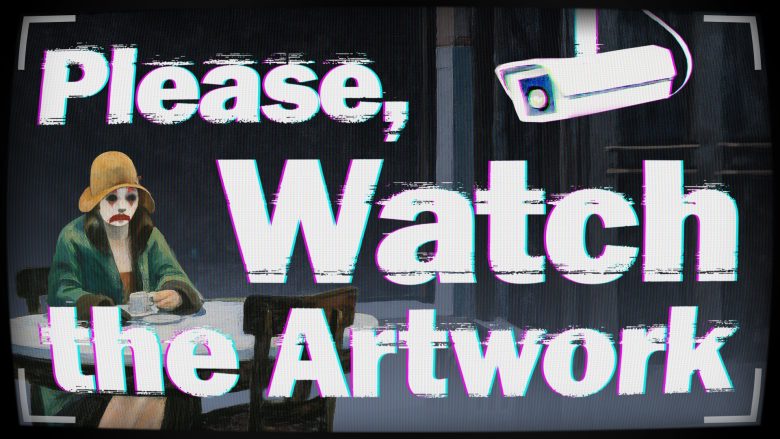The Mind Behind the Legend.

The recent passing of Tomonobu Itagaki, after a long illness, is a profound loss for an industry that has, in recent years, increasingly drifted away from truly auteur-driven creators – visionaries capable of imposing a distinct, personal, and unmistakably bold vision. What we mourn is not merely an iconic game designer, but an entire way of conceiving the action game: a method, a creative discipline, an uncompromising – almost ascetic – philosophy of crafting intense, organic experiences meticulously shaped around the player’s every gesture.
A product of a generation of charismatic, singular auteurs, Itagaki was instantly recognizable – flamboyant shirts, black jacket, dark sunglasses – yet behind that carefully curated image lay a near-monastic rigor. His unwavering dedication to the art of game design, his ability to deconstruct gameplay into perfectly calibrated micro-mechanics, and the relentless precision with which he pursued perfection are all evident in behind-the-scenes materials.
Seeing him at work – analyzing every frame of combat and adjusting nuances invisible to most – revealed a form of creative mastery now all but vanished, and perhaps, truly irreplaceable.
Dead or Alive: How Risk and Vision Forged a Unique Fighting Game
Born as an ambitious venture within Tecmo, Dead or Alive was from the start a bold gamble: to create a fighting game that could carve out its own space in a market dominated by giants like Tekken. Itagaki tackled the challenge with a clear philosophy, emphasizing rhythm, three-dimensional movement, and a carefully controlled sense of spectacle.
The game’s triangular combat system, dynamic arenas, and the introduction – as controversial as it was iconic – of jiggle physics gave it a instantly recognizable identity. Layered onto this was the ability to launch opponents out of the main combat zone, transforming the arena itself into a strategic tool.
DOA was never forgiving: it demanded mastery, precise timing, and acute situational awareness, punishing the chaotic, button-mashing play typical of other franchises. While it never eclipsed Tekken in global fame, Dead or Alive steadily built a devoted fanbase and secured its own distinct cultural footprint. And despite the highly publicized rivalries between Itagaki and Harada, the mutual respect between the two creators remained real – as Harada himself has confirmed.

Ninja Gaiden: Challenge as a Guiding Principle
If Dead or Alive was the gamble, Ninja Gaiden was the manifesto. It is in the Itagaki-directed entries – particularly Ninja Gaiden Black and Ninja Gaiden II – that his vision of the action game shines most clearly: total control over every moment of combat, difficulty as a language of storytelling, and precision as an aesthetic principle.
The power of the original Xbox allowed him to translate this vision into a relentlessly fluid and aggressive experience, where the player is never a passive observer but the true architect of every encounter. The lightning-fast switch between katana and shuriken, the intelligence and cunning of enemies, the almost ascetic absence of distractions, and the introduction in the second installment of dismemberment as a functional, purposeful mechanic – all combined to craft an action game that demanded skill rather than indulged the player.
In an era when difficulty is often treated as a barrier, Itagaki saw it as a measure of gameplay integrity: “Victory or defeat belongs to the player, not the game.”

Mastermind and Maverick: The Duality of Itagaki
Brilliant, yes – but also utterly unpredictable. His personality frequently brought him into clashes with colleagues and prominent figures in the industry, from brief skirmishes with Kamiya to long-standing tensions with Harada. Yet beyond the media spectacle, these conflicts revealed philosophical divergences rather than simple personality clashes. They were the mark of a creator steadfast in his belief that a video game should be crafted with rigor, a distinct identity, and an uncompromising point of view.
A striking example of this complexity is the Dead or Alive Xtreme spin-off series. While a lighter, more hedonistic detour from his main works, it nonetheless reveals another facet of his vision: the more spectacular, consciously commercial side, demonstrating a keen understanding of the power of image and desire as narrative tools within the language of video games.

From Vision to Execution: The Enduring Legacy of Tomonobu Itagaki
The death of Tomonobu Itagaki is more than the loss of a game designer; it marks the passing of an entire creative paradigm. An auteur unafraid of controversy, he insisted that a game must speak first and foremost through its gameplay. His methods remain a masterclass for emerging developers: the primacy of immediate, tactile feedback, the careful orchestration of mechanics, and the discipline to honour every player input.
That studios like Team Ninja and PlatinumGames continue to draw on his vision – as their recent releases show – is proof that Itagaki’s lessons are not only enduring, but urgent, vital, and very much alive.









